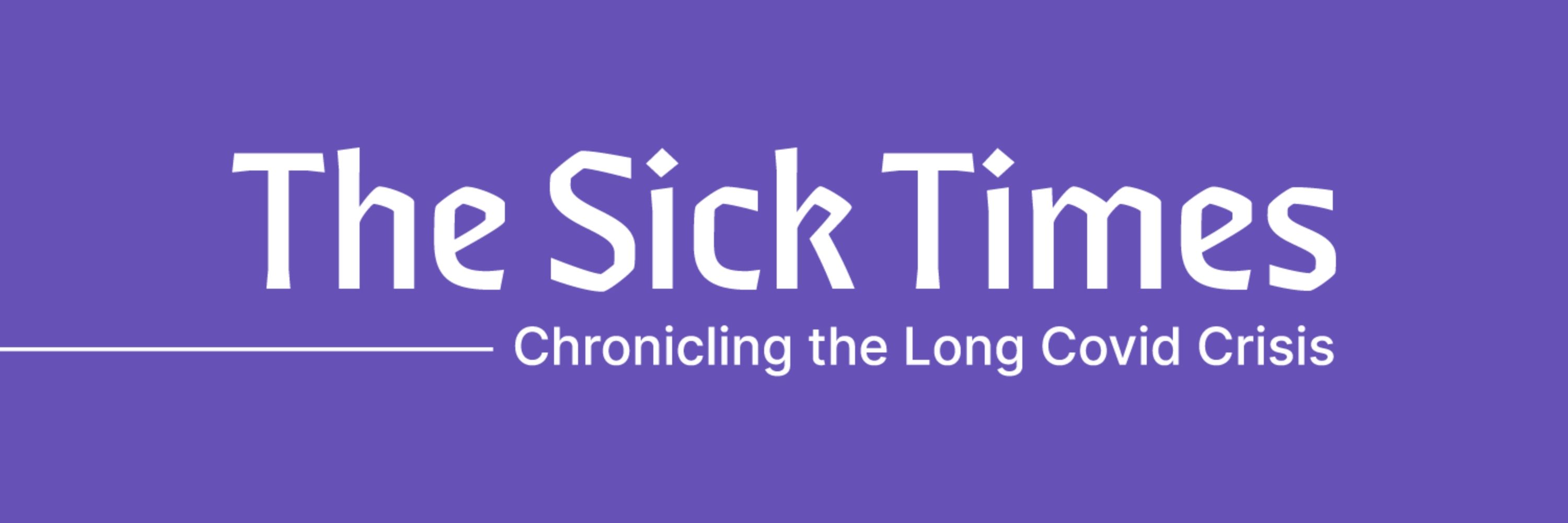
I'm really honored to be featured on Death Panel talking about my wastewater reporting and our work at The Sick Times!
In our latest, @betsyladyzhets.bsky.social of @thesicktimes.bsky.social joins us to discuss what wastewater data does—and doesn’t—tell us about covid spread, and how the rise of wastewater data fits inside the larger picture of the privatization of covid risk on.soundcloud.com/8Md1VGD1nhUG...
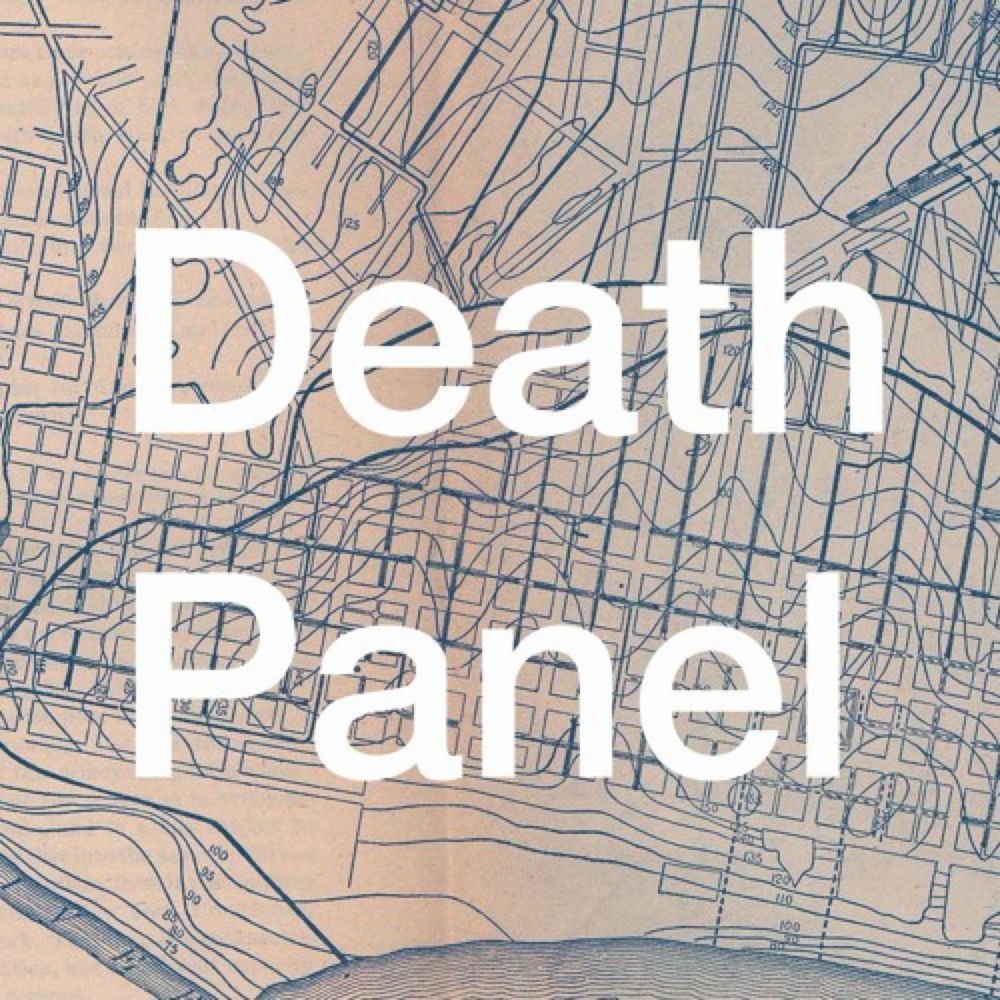
Beatrice speaks with Betsy Ladyzhets of The Sick Times about what wastewater surveillance does—and doesn’t—tell us about the level of covid spread and how the rise of covid wastewater monitoring fits
Tomorrow, I'll be interviewing NIH Director Dr. Monica Bertagnolli for @thesicktimes.bsky.social#LongCovid & related diseases. Long Covid community, what questions do you have for Dr. Bertagnolli? Reply here or email me!

Also today @thesicktimes.bsky.socialthesicktimes.org/2024/08/06/d...

“For a middle-aged woman who hasn’t had any actual injuries, I’ve had a huge amount of physical therapy,” says Liza DiLeo Thomas, a 52-year-old emergency medicine doctor in New Orleans and mom to five...
Today @thesicktimes.bsky.socialthesicktimes.org/2024/08/06/s...

Last week, Sen. Bernie Sanders introduced the Long Covid Research Moonshot Act of 2024. The bill allocates $1 billion in federal funding per year for the next 10 years for Long Covid research, treatme...
Wastewater surveillance is a key remaining metric for tracking Covid-19 spread. @betsyladyzhets.bsky.social#LongCovidbit.ly/3zPkhCY
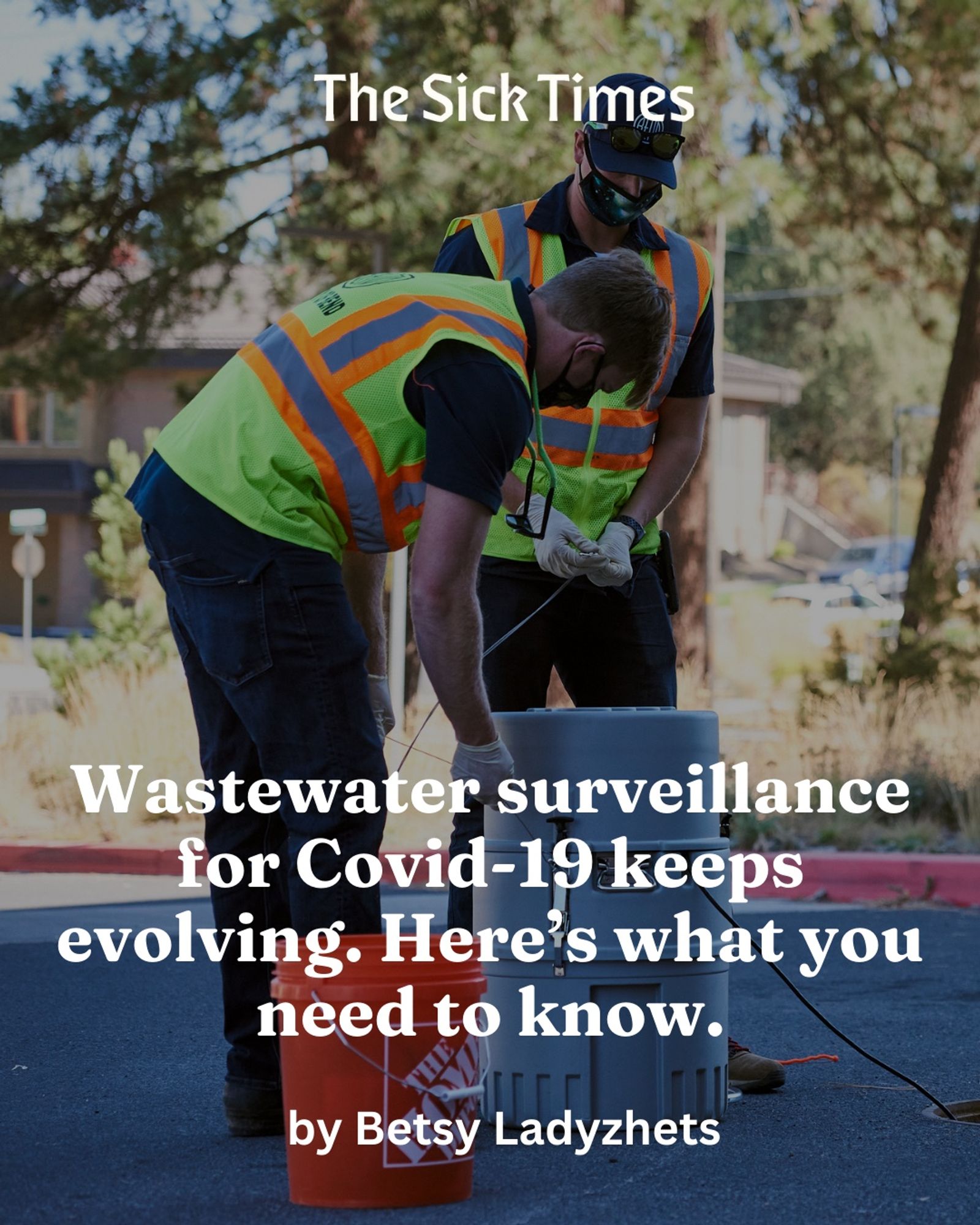
Today @thesicktimes.bsky.socialthesicktimes.org/2024/07/23/w...

As governments have scaled back their tracking of Covid-19 — even as the pandemic continues — many people who still take precautions have increasingly relied on wastewater surveillance to follow disea...
The Sick Times co-founders @mileswgriffis.bsky.social@betsyladyzhets.bsky.social#LongCovidnura-community.com

There are many! coviddatadispatch.com/wastewater-s... (with the caveat that this was last updated in November and may be a bit out of date)
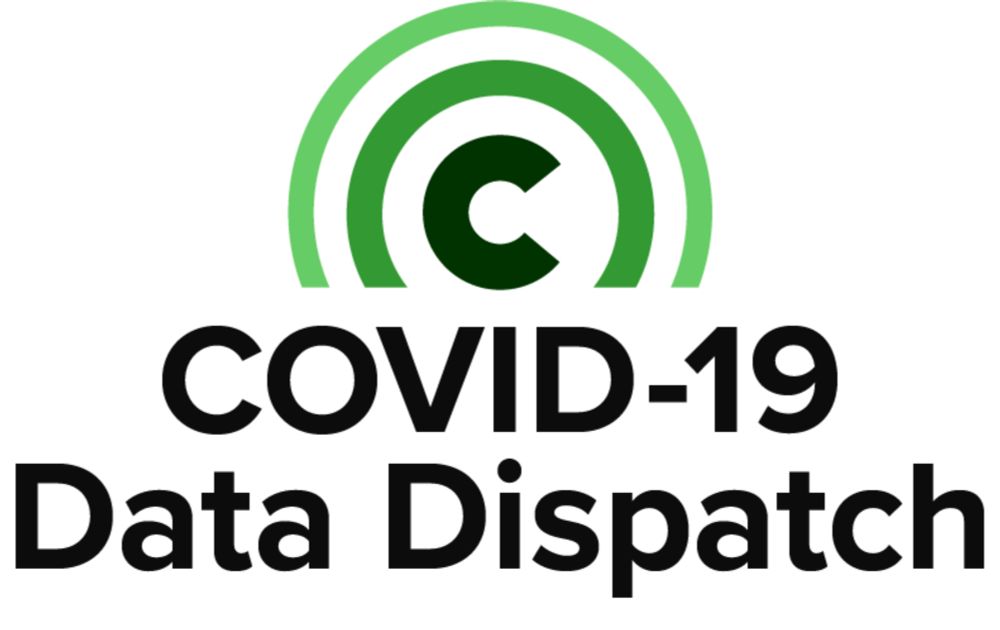
Here are the major data sources for wastewater surveillance data in the United States. We’ve included government sources and research/academic dashboards. The page is split into two tables: national s...
Sharing a relevant section from a story I did for Nature earlier this year that discusses this issue -- www.nature.com/articles/d41...


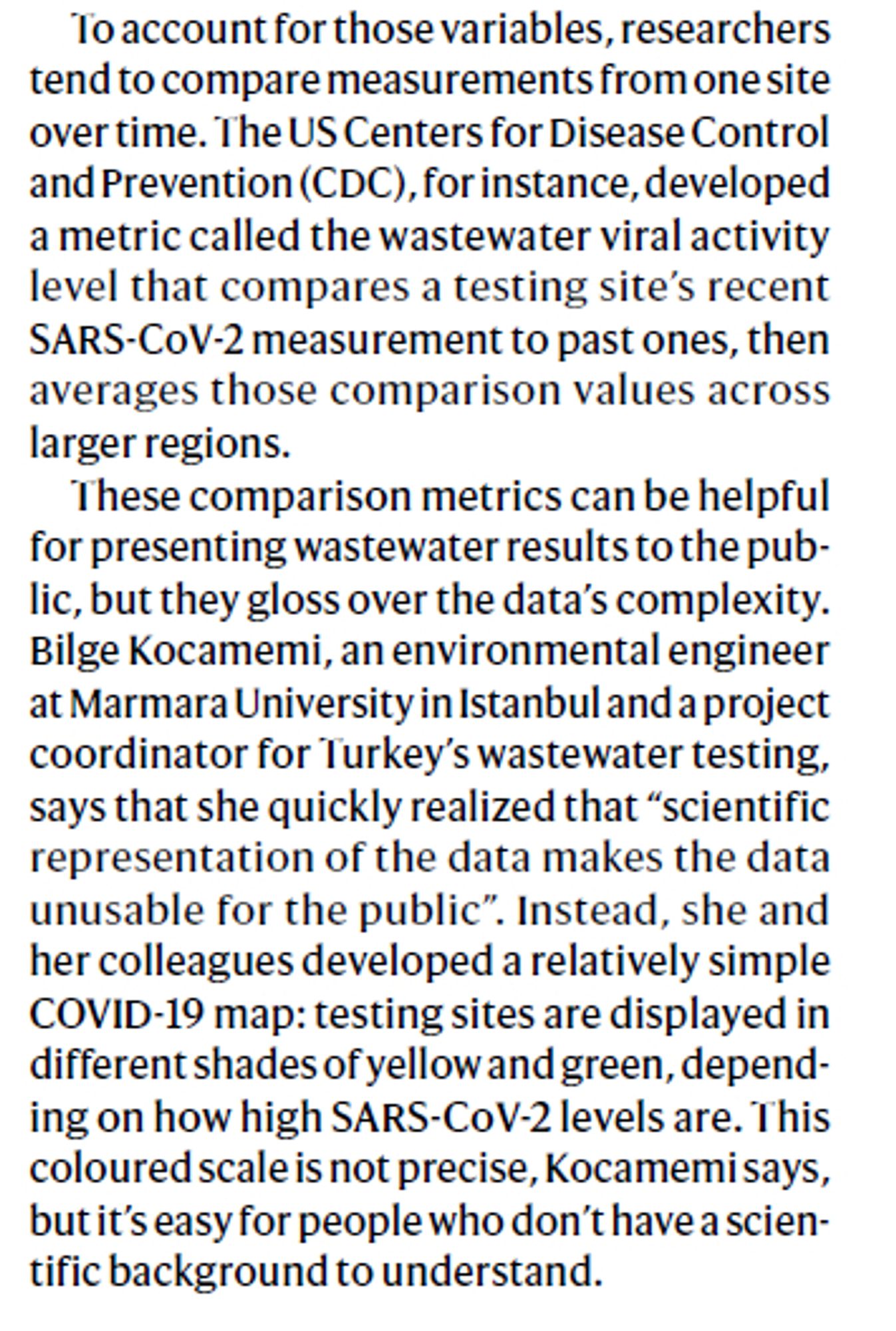
I have great respect for the work Hoerger does, but would take his estimates with a big grain of salt. Wastewater experts I've talked to are pretty skeptical about this work b/c there's still a lot we don't know about how viral levels in sewage correlate to illness in the community.
